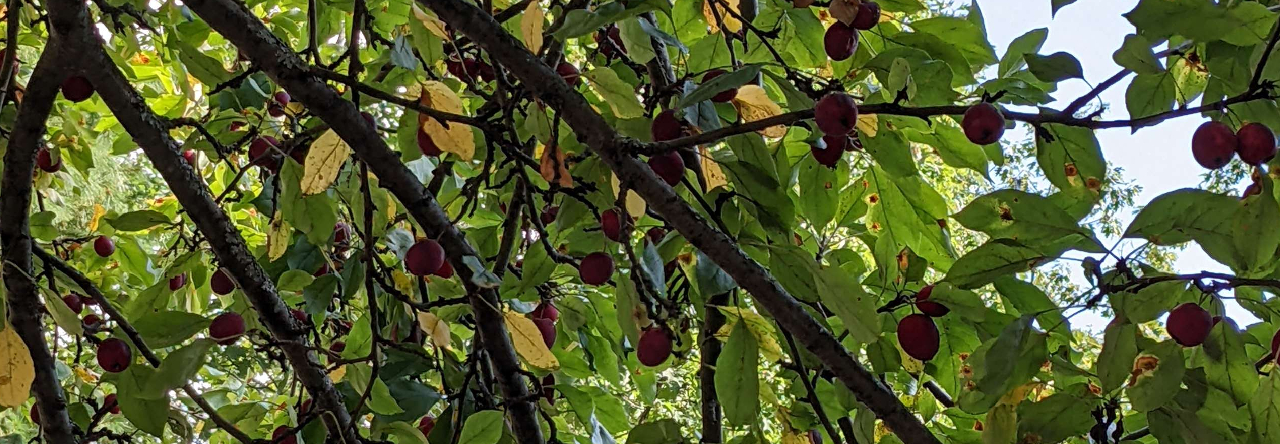“It’s the dating,” I hear you saying. “It’s the romance part that Fire Emblem got from dating sims.” Right?
Wrong! As a matter of fact, Fire Emblem’s support system was in use for Fire Emblem: Mystery of the Emblem, released on the Super Famicom in 1994. This game was later remade for the Nintendo DS and was finally released in North America as Fire Emblem: New Mystery of the Emblem in 2010.
The first game that founded Dating Sims as a genre was Tokimeki Memorial, released in 1994, the same year as Fire Emblem: Mystery of the Emblem. The first Dating Sim made was an eroge (erotic game) called Dokyuusei and was released in 1992, but did not have the impact of creating a genre the way Tokimeki Memorial did.
Regardless, neither of the above games have a mechanic that in any way resembles the support system in Fire Emblem, which operates on characters in a tactical strategy game fighting side-by-side. Tokimeki Memorial is about a protagonist in first-person making efforts to win over the girl of their choice, while Dokyuusei relies on the user being in the right place at the right time for scripted, timed events.
Placing these games side-by-side, it’s hard to say that Fire Emblem’s original support system was influenced by early dating sims, since the mechanics involved are unrecognizable to the other.
No! What Fire Emblem: Three Houses (and its predecessor, Fire Emblem: Fates) learns from Dating Sims is: the power of Routes.
Yes, routes come from Dating Sims! Modern American Dating Sims often miss the mark when it comes to navigating romantic routes between different characters. In Dating Sims from Japan and other developers from Asia make it a habit of showing pieces of a larger narrative puzzle along the route of a certain romantic interest. The only way to get the full picture is to play through the story of each one, often because there is a “true route” at the end that is only unlocked through variables that are triggered in the code on completion of said routes.
To lay it out carefully: if you choose to date Eiko, you might see Biko get up to some mischief in the background because she doesn’t want to concern you. You’re having such an interesting romantic life now, after all! When you start again and date Biko, you find out what’s going on with her, but meanwhile, Eiko never gets up her courage to try out for the school play or whatever. You understand her, because you saw it through on a different route, but when you’re not on that route, her potential goes unrealized because you aren’t a part of it.
In hbomberguy’s video essay on Pathologic, he observes aspects of the multi-perspective structure and remarks that “When you aren’t in control of the character, he makes worse decisions than you did.” This is also the case when it comes to Fire Emblem: Three Houses. On their route, you support your student of choice and act as the heart of their community, pushing them on in pursuit of their own ideals of justice. Without you, they struggle, fail, or forfeit, and unless you’ve played through their perspectives, you won’t understand why.
I’m 200 hours into Fire Emblem: Three Houses and I’ve only played two routes, so a lot more stands to be found.
